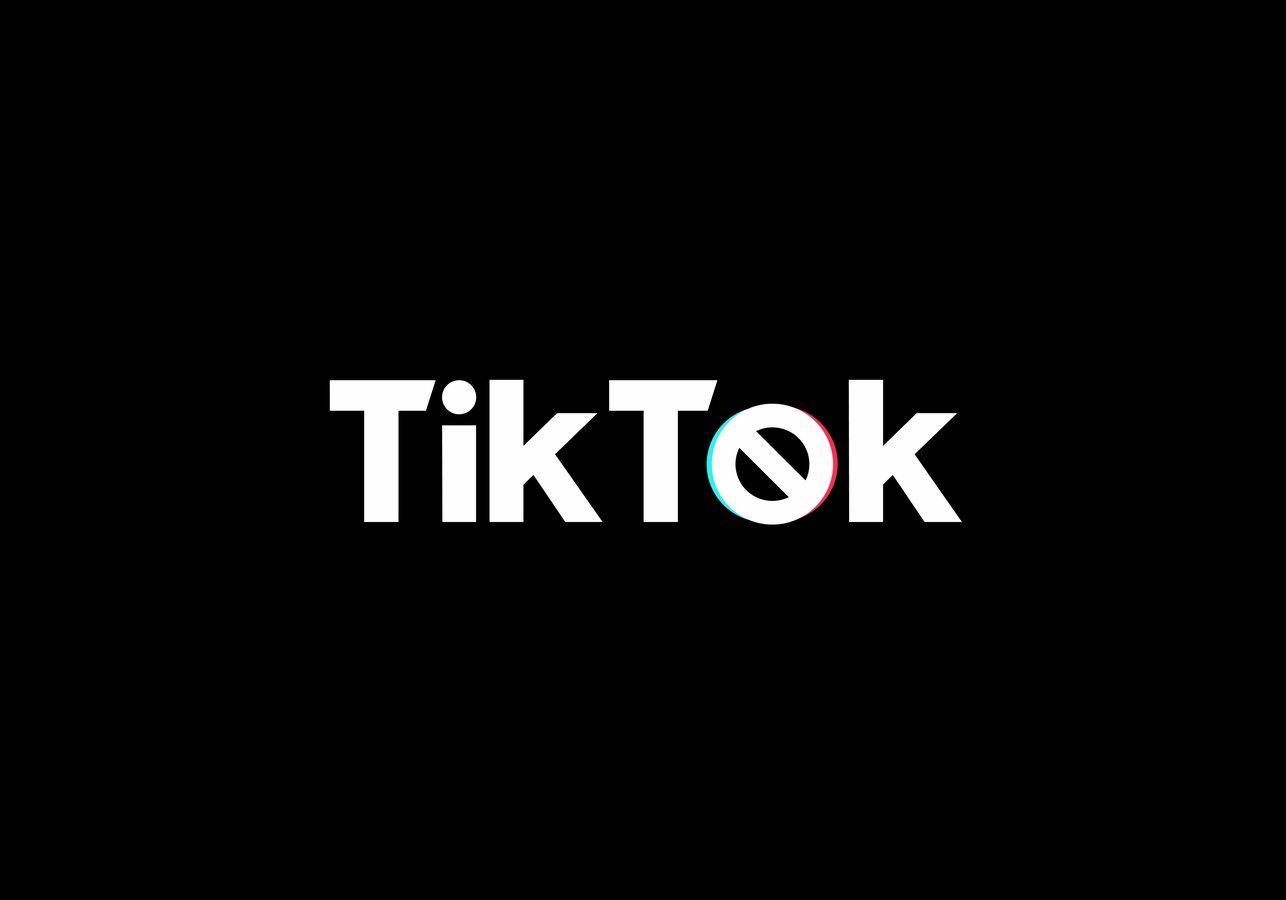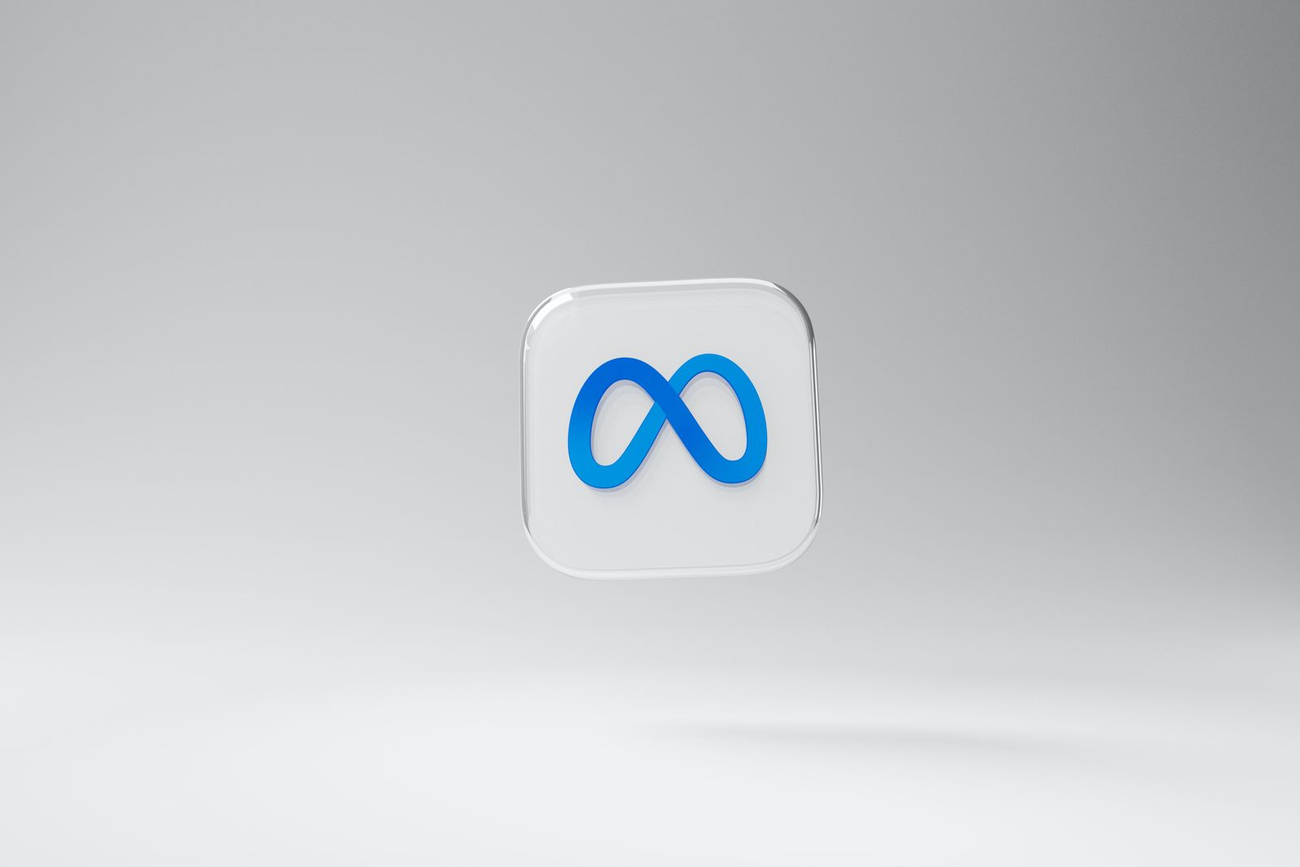How Data Helps Shape Brand Storytelling
Create a data-driven presentation that connects with your target audience.

Since prehistoric cave drawings of the Magdalenian age, humans have used information to communicate, entertain, and record daily events. Though much has changed over the last ten thousand years, we are still storytellers…utilizing technology, analytics, and data to shape meaningful narratives that resonate with people and influence human behavior.
In today’s digital world, data science is the basis of compelling storytelling. The power of data provides the insights and critical threads of information necessary to drive strategic decision-making. Whether to define brand identity or create an impactful marketing presentation, data storytelling gives you an opportunity to capture attention in a way that’s focused squarely on your target audience.
What is Data Storytelling?
Blending information and human communication, data storytelling is how we gather data, extract insights, and translate those insights into a compelling story. Data storytelling creates a narrative from the findings of data analysis, which allows brands to interpret the information and use it to form strategic messaging and content that connects with a specific audience.
Data-driven storytelling leverages the availability of data sets to uncover fresh angles on stories. You don’t have to guess what content might work to engage your audience – now you have information to know precisely what sort of content your audience is interested in.
Let’s look at the three main components of data storytelling: narrative, data, and visuals.
A verbal or written narrative communicates insights directly from data and helps guide your business actions to inspire and motivate your targeted audience.
Complete analysis and interpretation of information is the foundation of your data story. Analyzing data using descriptive, diagnostic, predictive, and prescriptive analysis can enable you to create a narrative that connects with your audience.
Visual representation of data is an effective and memorable way to communicate your story. Think of the most impressive presentation you’ve ever given – more than likely, visuals played a key role in its success. Utilizing charts, graphs, pictures, or videos can breathe life into your storytelling.
Benefits of Data-Driven Storytelling
There are different benefits of data storytelling that can positively impact your business. Take the following, for example:
People read information, but they feel stories. Brands that utilize data storytelling can cut through the noise to reach their audience on a more human level.
Providing interpretations or insights into your narrative helps improve engagement with your audience.
Data storytelling can influence business actions and positively impact strategic decision-making.
Effective data storytelling can help people understand information and insights more clearly.
Data-driven storytelling is not just about presenting numbers and insights. It’s also a creative way to form relationships with your audience and connect with them in a more engaging, informed way.
The Importance of Data Science
Brands collect an extensive amount of data at various stages of the customer journey. Data science helps businesses leverage data into actionable insight that results in a greater return on investment. To break it down, data science is the process that extracts information and allows you to formulate actionable insights and make strategic decisions.
By leveraging data, brands can extend their approach to uncover product and consumer insights and use the findings to build stronger connections with customers.
Data science and analytics provide insights into your target audience by segmenting your audience into groups based on chosen characteristics. Transformative consumer data that goes beyond general demographics allows companies to put their audience in groups based on interests, perceptions, attitudes, motivation, and of course buying habits.
Also, today’s digital market is changing in incredible ways with technologies such as AI, machine learning, and other advancements. Data science can assist these new technologies by figuring out solutions to problems by linking similar data for future use. As tools continue to evolve, data science techniques will become widely used and be even more beneficial to a multitude of businesses.
How to Create a Compelling Story When Presenting Data
Presenting information visually is one of the most effective ways to show trends and patterns from data analysis. Data visualization turns data into a compelling visual story through the use of graphics, like charts and graphs.
Here are a few insights you can utilize to present your data in a clear, concise, and captivating manner.
There is a tendency to over complicate your presentation with charts, graphs, and reports. Don’t overwhelm your audience. Try to keep to one or two main data points. Be concise and tell your story through the fewest, but most impactful charts…that’s the way to go. You don’t need to show any extra data not relevant to your topic. Keep your data visualization clear and simple so that your audience will be able to easily understand what the data conveys.
Say goodbye to ‘pie”. Studies have shown that pie charts are not the most effective means of communicating data. Audiences are much better at comparing lengths and heights (like with a bar or line chart) than comparing areas within a pie. Further, the thinner pieces of a pie tend to become unreadable. Also, pie charts don’t communicate changes over time very well.
Color is one of the most effective tools for sharing insights. Color helps engage your audience, subliminally capturing and keeping the attention of your audience. The primary use of color helps the insights in your data emerge, both for you and your audience. For instance, color is a great way to identify certain dimensions so you can clearly recognize strong and poor performance. Remember that green usually means positive and red usually mean negative so keep that in mind when you choose your colors. Also, if you are preparing your data visualization for public presentation, choose color combinations that have enough contrast to pass web accessibility standards so color blind individuals can consume your information.
Two types of graphs used to show relationships between data are line and bar graphs. Which type of graph should you use?
Line graphs use a line to connect the data points that you plot. They are most useful for showing trends and for identifying whether two variables relate to one another. Examples of trend data may include month to month sales figures or let’s say a car engine…how engine performance changes as the temperature rises.
In a bar graph, the height of the bar represents the measured value: the higher the bar, the greater the value. Generally, if you can use a line graph for your data, a bar graph works just as well. However, when your x-axis variables represent discontinuous data, such as employee numbers or different types of products, you can only use a bar graph.
Knowing your audience is key to making a connection and maximizing the chances that people will understand your presentation. If you use the wrong tone, present confusing or unresolved information, use poorly implemented or ineffective graphics (aka…the pie chart) - you may permanently damage the chances of getting your insights off the ground. Be thorough, be relatable, and be clear.
Data science plays an integral role in successful brand storytelling. Data allows you to understand customer interests, attitudes, and perceptions to help shape your brand narrative, visualization, and presentation. Hopefully the above tips will help you create a data-driven presentation that connects with your target audience and clearly communicates your brand insights.





